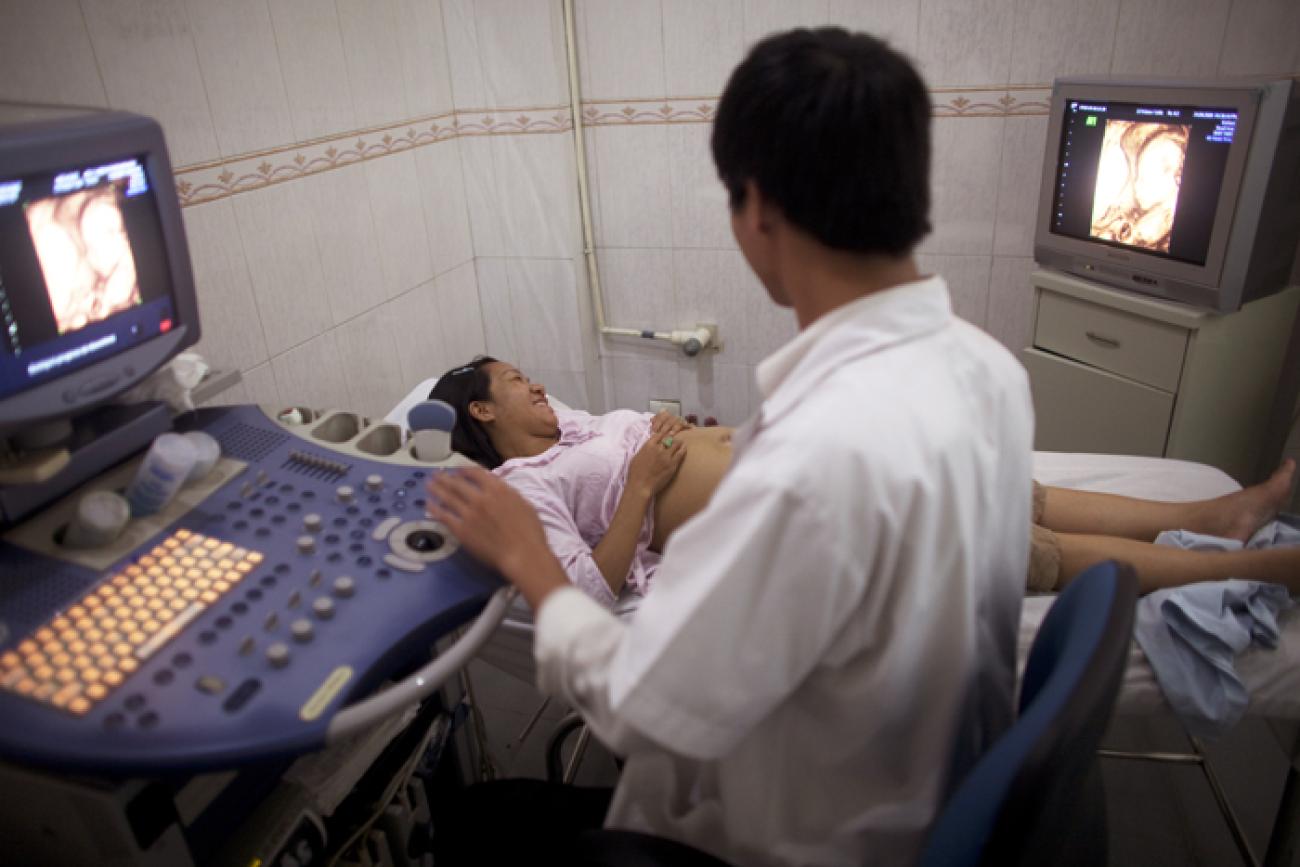Pham Thi Hien, from the northern province of Bac Ninh in Viet Nam, was only 19 years old when she became pregnant in 1998. She delivered her firstborn son in 1999 and breastfed as most mothers in Viet Nam do. Meanwhile, Hien’s husband had been injecting drugs for several years. As their awareness of HIV risks grew, the couple sought HIV counselling and testing. Both were diagnosed with HIV. It was only in 2002 when their young son suffered from a dire illness and was admitted to the National Paediatric Hospital in Hanoi that they find out the little boy is also living with HIV.
Paediatric antiretroviral therapy was unavailable in Bac Ninh at that time. As her son’s health worsened in 2004, a desperate Hien began crushing up adult antiretroviral pills and dividing them into small doses to give to her son. If Hien hadn’t shown such extraordinary determination, her first son may not have survived. But over the course of Hien’s child-bearing years, the outlook for thousands of women and children affected by HIV in Viet Nam transformed. In 2005, when Viet Nam began providing paediatric antiretroviral therapy in four high HIV prevalence provinces, Hien’s son was enrolled into treatment at the National Paediatric Hospital and began receiving paediatric medicines.
Soon after Hien ascertained the mother-to-child transmission prevention measures, she decided to have a second child. She adhered to the antiretrovirals medication from the 15th week of her pregnancy and subsequently gave birth to her second son who was born free of HIV. She halted the medication after delivering the baby and did not breastfeed, heeding the health system’s recommendations on that occasion. Yet, when Hien became pregnant with her third child in 2011, her immune system was worsened by HIV. She was then enrolled in full-time HIV treatment for the sake of mother-to-child transmission prevention and her own well-being. Hien’s third and fourth children, both girls, were also born free of HIV.
Viet Nam has fast tracked progress to protect children and mothers towards the elimination of mother-to-child transmission on HIV. After expanding the immediate and life-long antiretroviral treatment for pregnant women living with HIV nationwide in 2015, coverage of services to prevent mother-to-child transmission in Viet Nam increased from about 9% in 2006 to about 81% in 2018 (UNAIDS estimates). These services are also integrated in the maternal and child healthcare system, making it much easier to be accessed by women and child at the same location.
Paving the way forward, the government has adopted an ambitious National Action Plan in 2018 for the Triple Elimination of Mother to Child Transmission of HIV, Hepatitis B and Syphilis for 2018-2030, in line with the Regional Framework for the Triple Elimination of Mother-to-Child Transmission of HIV, Hepatitis B and Syphilis in Asia and the Pacific 2018–2030. UN agencies, namely UNICEF, WHO and UNAIDS, have jointly contributed with advocacy, analysis, strategic information, policy and technical guidance, as well as financial support for the Plan’s development, adoption, dissemination and orientation for provinces.
Thanks to these efforts, by end 2018, the estimated number of pregnant women living with HIV has declined to around 2,400 in Viet Nam. Mother-to-child transmission of HIV, hepatitis B and syphilis can be effectively prevented by immunization, screening and treatment of pregnant women. Every child should be given the best chance to start life journey with well-being, with healthy parents and without preventable diseases. The new approach for Triple Disease Elimination will enable more pregnant mothers and fathers to protect their child and enroll in HIV treatment timely. Now, Hien is a proud and healthy mother, striving a further difference and inspiring others as a vocal advocate for the rights of all children to be protected from and/or living with HIV.



